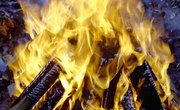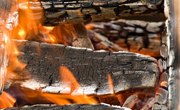
Whether it is in a fireplace, an outdoor fire pit or a campfire, it is important to know what firewood is being burned. Not all firewood is created equal, and understanding the differences can help you make better choices.
Description
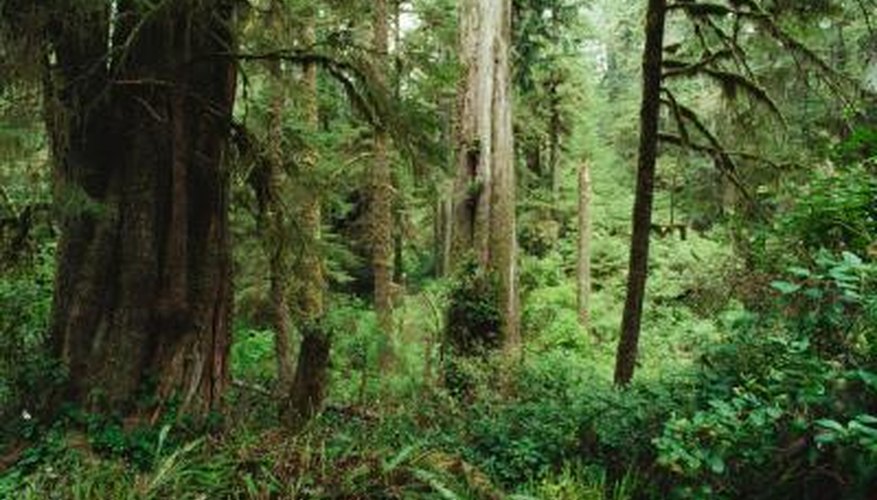
Jupiterimages/Photos.com/Getty Images
Cedar has several varieties including, white, western red and eastern red. This evergreen conifer is common in most of the United States.
Uses
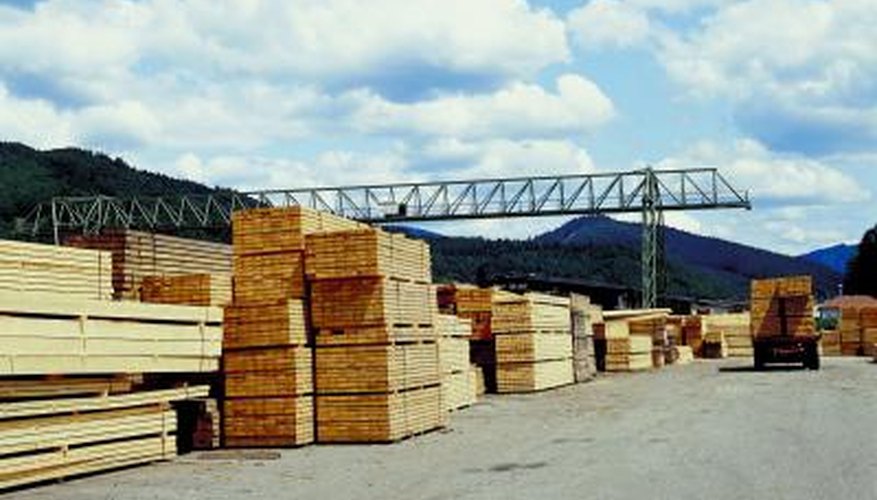
Ablestock.com/AbleStock.com/Getty Images
While cedar is easily available for use in a fire, most commercially sold cedar is in the form of planks. It is a highly desired wood for outdoor projects.
Characteristics

BananaStock/BananaStock/Getty Images
Being a softwood, cedar does not require a lot of effort to split and burns rather easily. The smoke created from burning cedar is about average.
Benefits
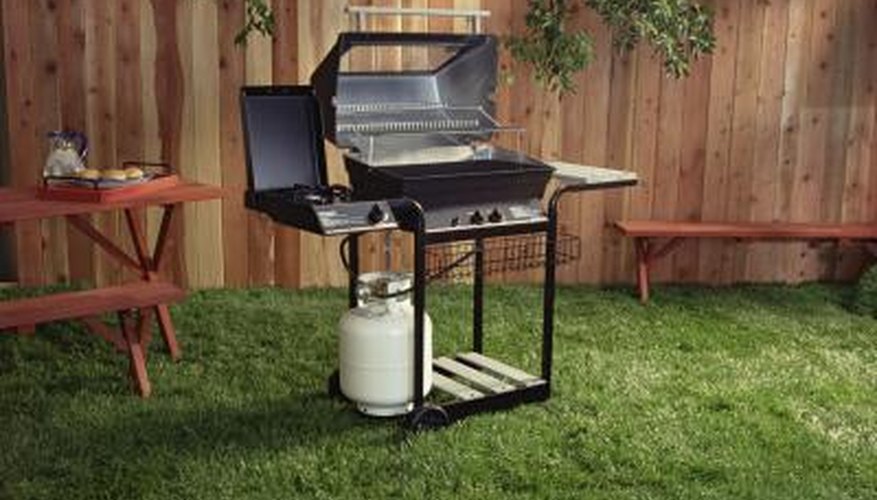
Jupiterimages/Comstock/Getty Images
Cedar has resins that give a nice aroma when burning. When used properly, a fire made from cedar wood is great for cooking.
Disadvantages
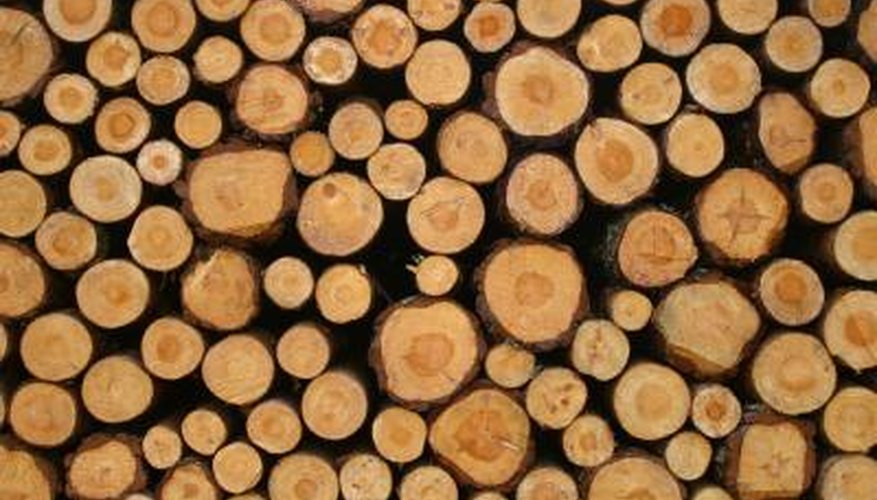
Hemera Technologies/AbleStock.com/Getty Images
The natural oils and resins in cedar can make it pop and spark quite a bit. The heat generated by a cedar wood fire is medium to low. These are a couple of reasons that cedar wood is a less than optimal choice for firewood.
References
Writer Bio
Jean Sommer has been a blogger and writer for more than five years. Her articles on technology, food and drink, and travel have appeared on websites such as Salon.com. Sommer studied website development and OS fundamentals as well as accounting and business law at Illinois College and Southwest Illinois College.

